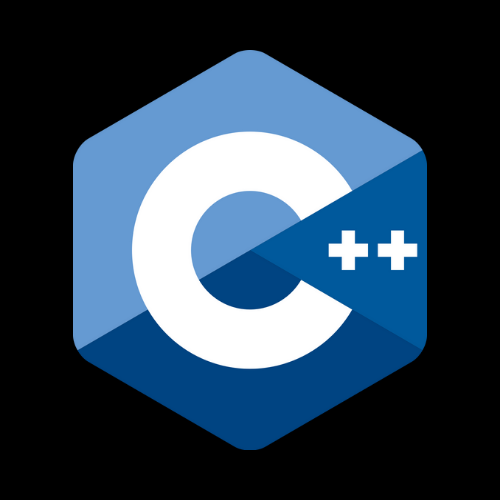In C++, the break and continue statements are control flow statements that allow you to alter the flow of execution in loops, such as for, while, and do-while loops. These statements are used to control how the program behaves within a loop.
1. break statement:
a. The break statement is used to exit the current loop prematurely. When the break statement is encountered inside a loop, the loop is immediately terminated, and the program continues with the next statement after the loop. This is useful when you want to exit a loop based on a certain condition.
#include
using namespace std;
int main() {
for (int i = 1; i <= 10; i++) {
if (i == 5) {
cout << "Breaking the loop at i = 5." << endl;
break;
}
cout << "i = " << i << endl;
}
cout << "Loop finished." << endl;
return 0;
}
b. In this example, the loop will terminate when i is equal to 5, and the program will print "Breaking the loop at i = 5." and "Loop finished."
2. continue statement:
a. The continue statement is used to skip the current iteration of a loop and continue with the next iteration. When the continue statement is encountered inside a loop, the current iteration is aborted, and the program proceeds with the next iteration of the loop.
#include
using namespace std;
int main() {
for (int i = 1; i <= 5; i++) {
if (i == 3) {
cout << "Skipping iteration at i = 3." << endl;
continue;
}
cout << "i = " << i << endl;
}
cout << "Loop finished." << endl;
return 0;
}
b. In this example, when i is equal to 3, the continue statement is executed, and the program skips the iteration for i = 3. The output will be:
i = 1 i = 2 Skipping iteration at i = 3. i = 4 i = 5 Loop finished.


